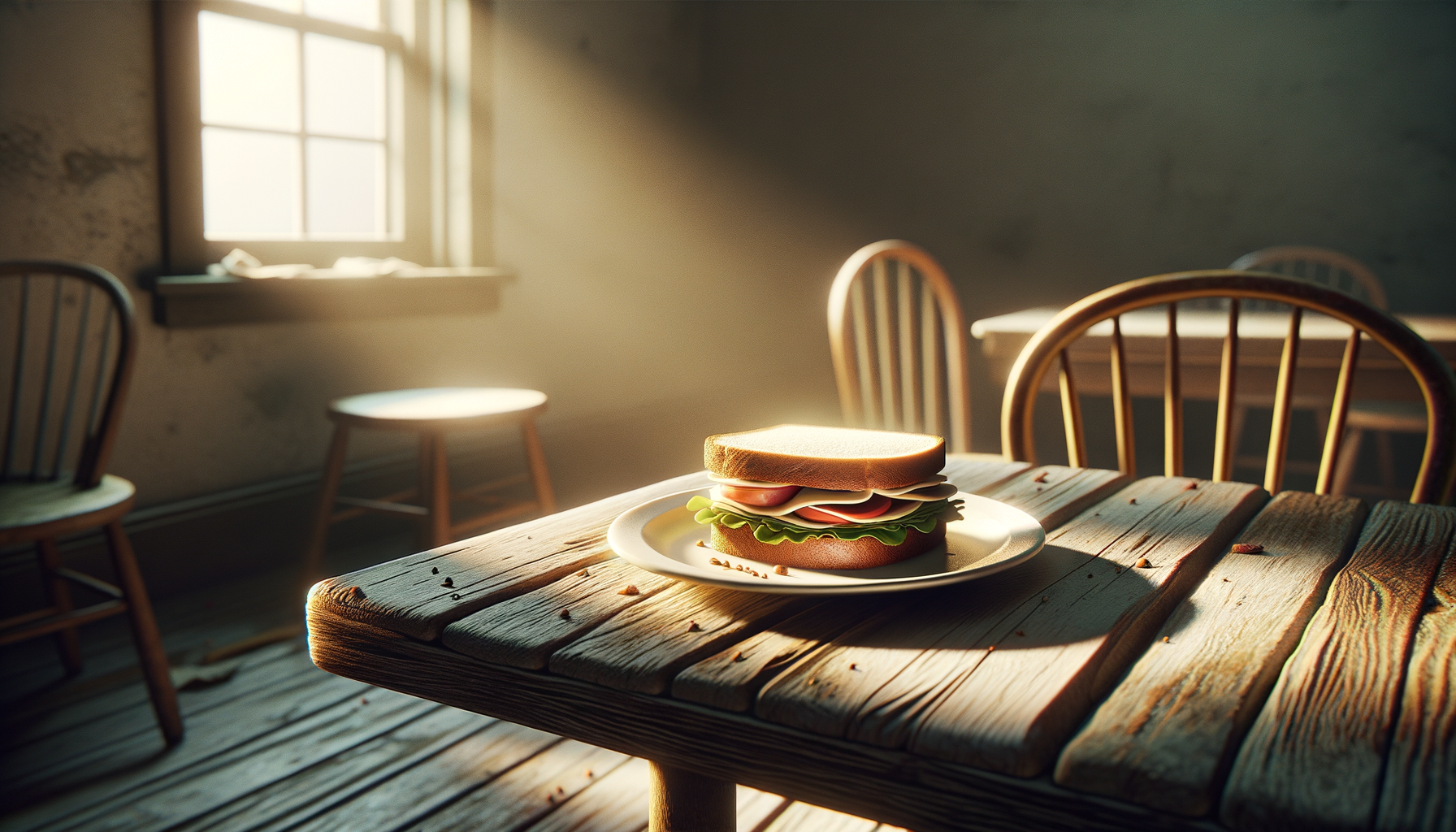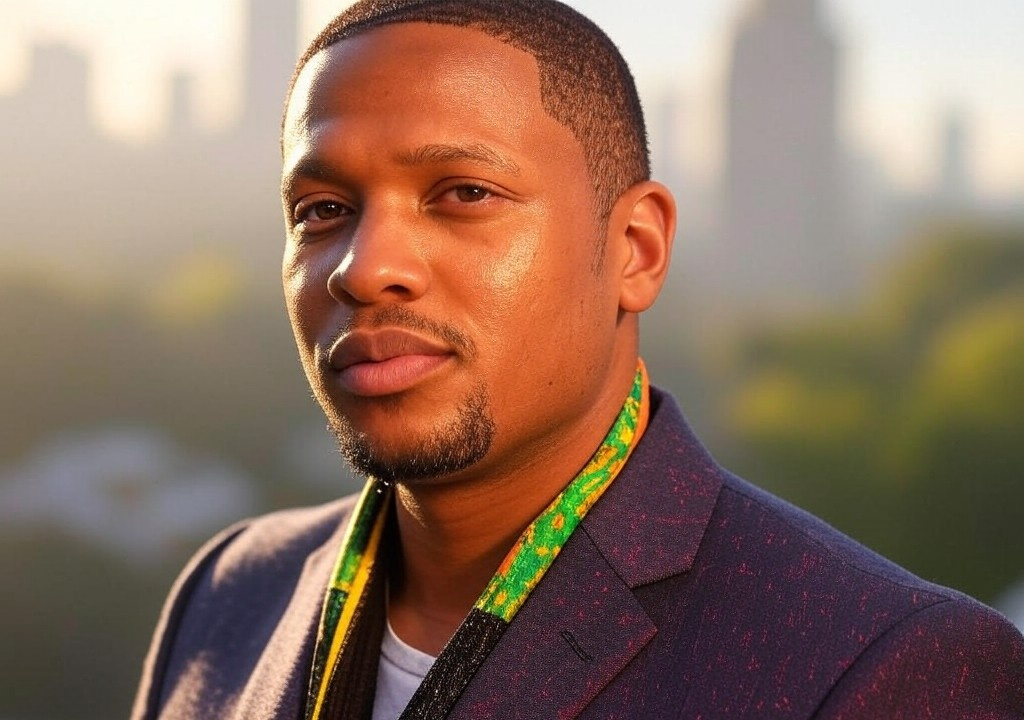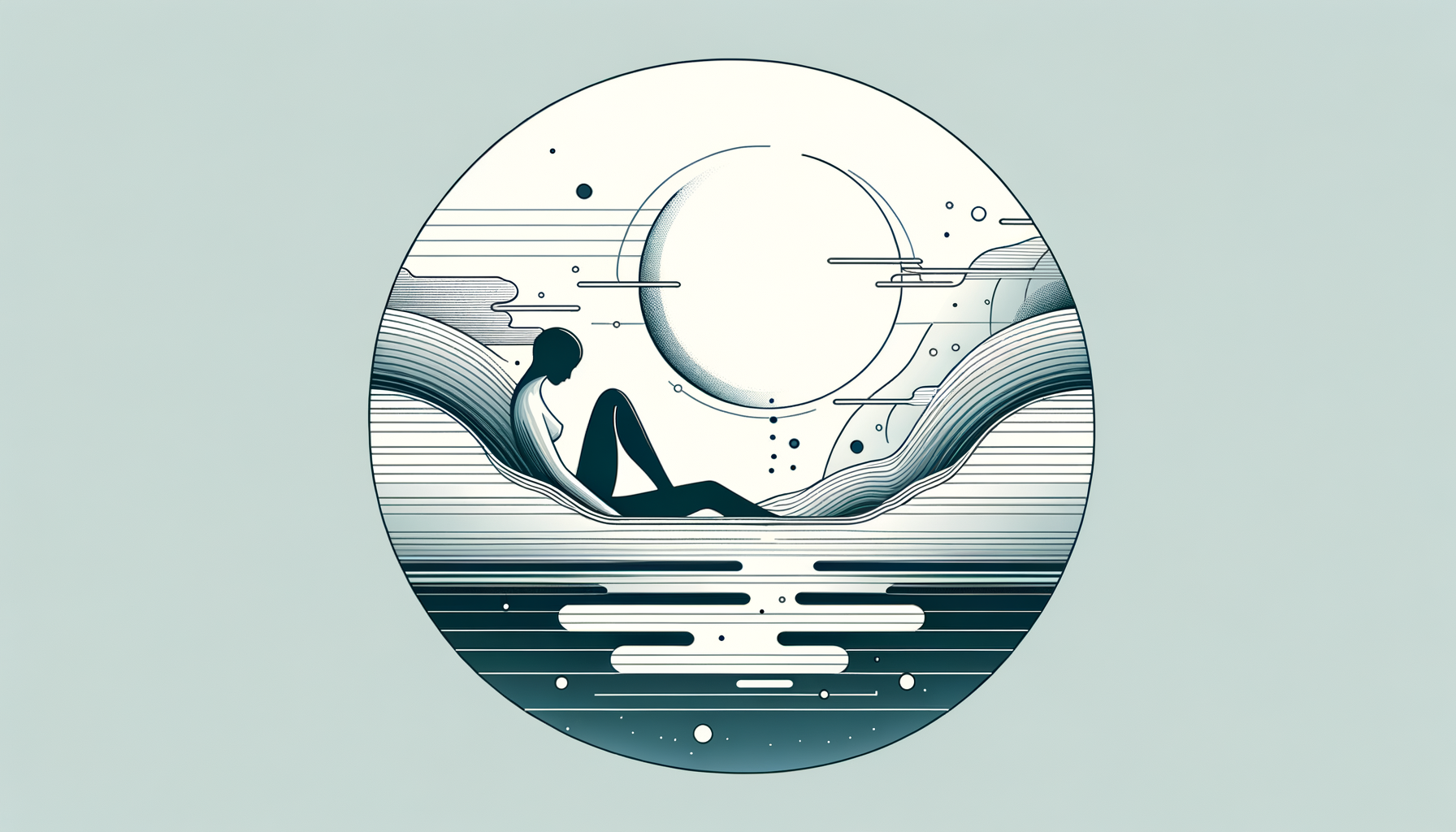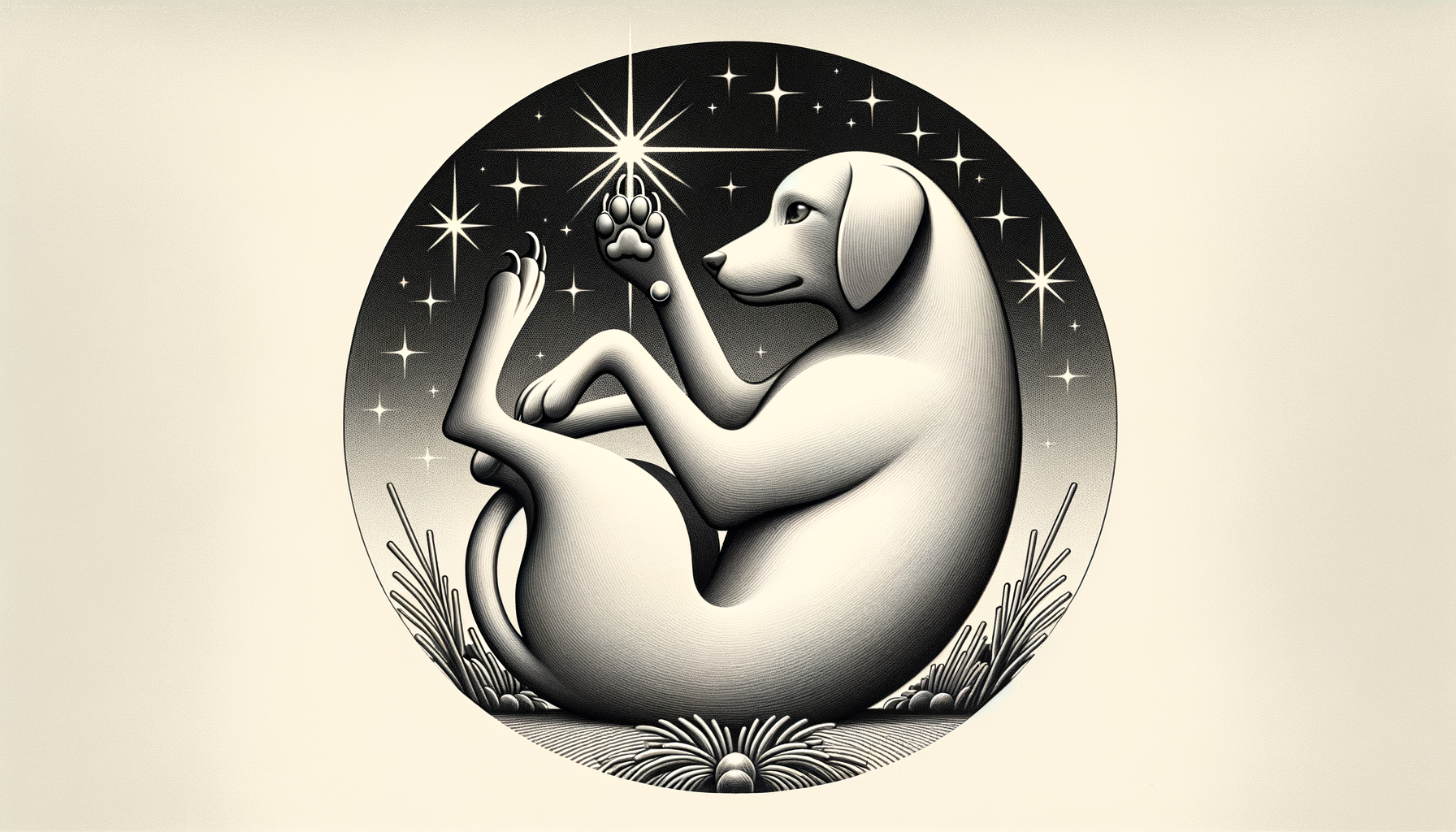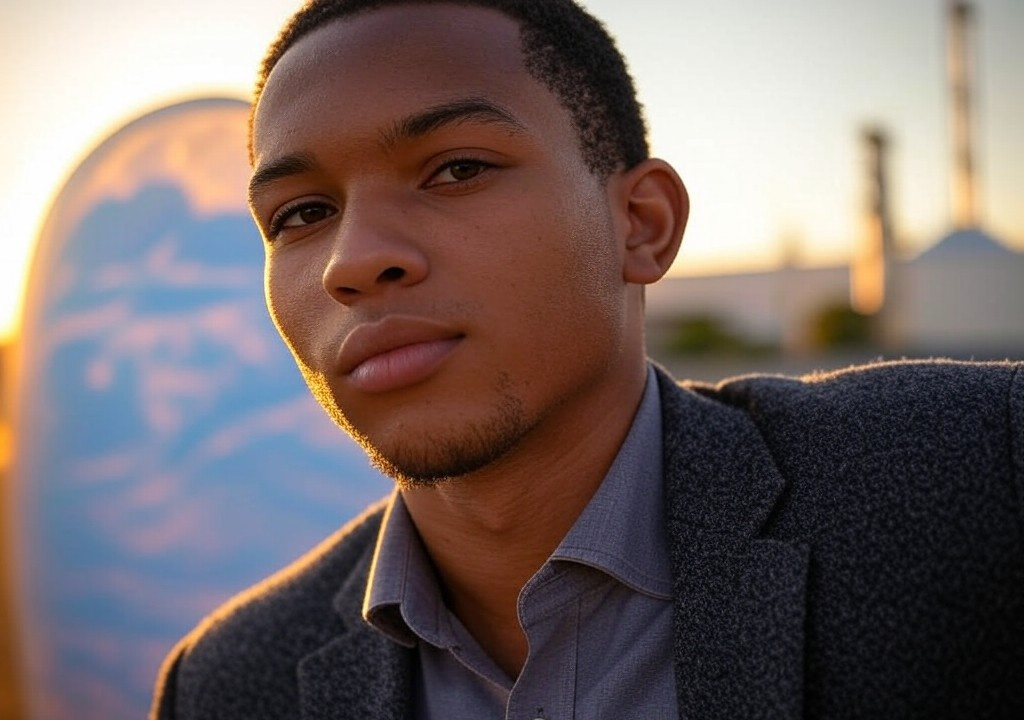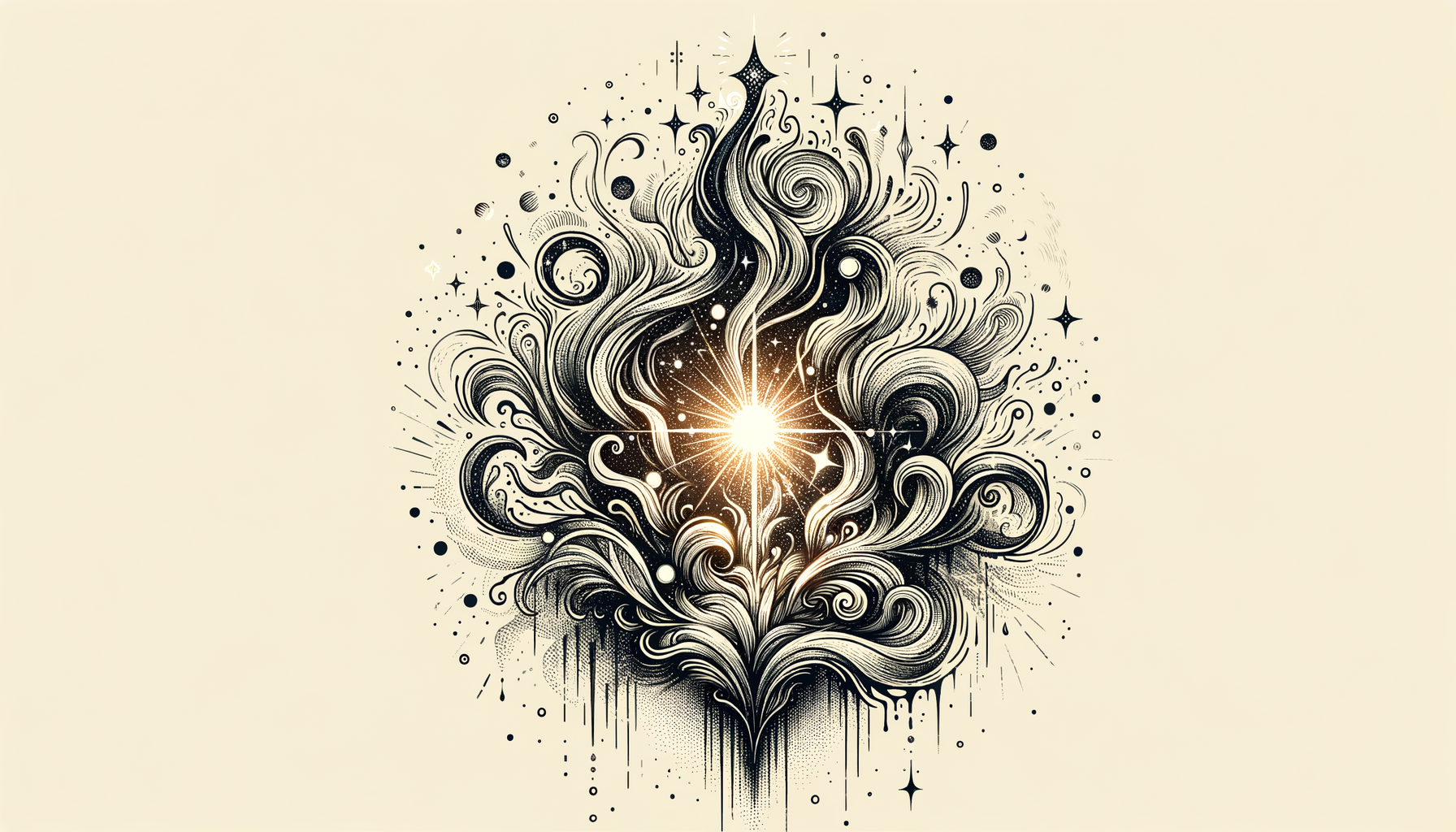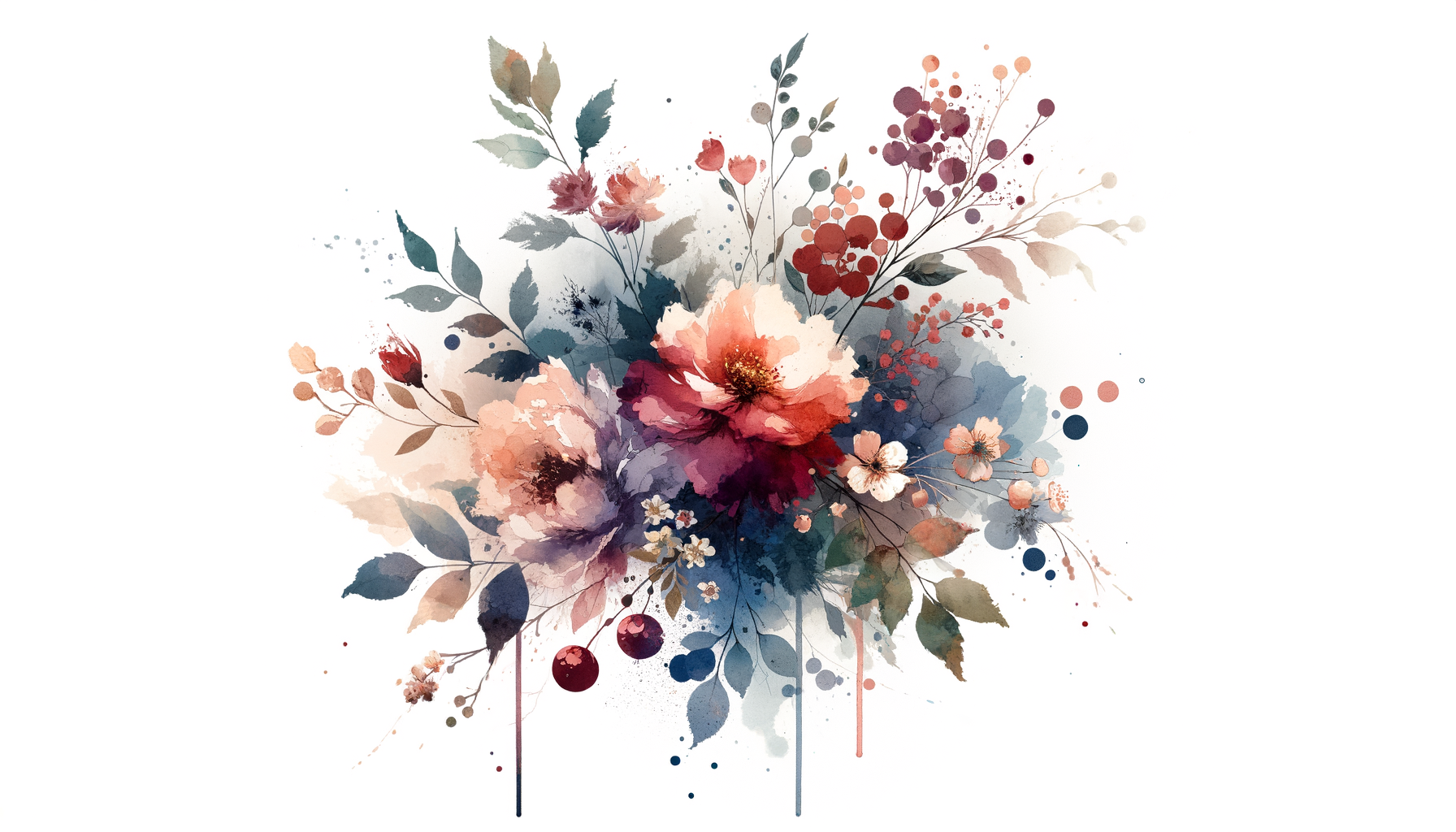How to Spot Red Flags Without Turning Into a Walking Traffic Cone
Do you know that feeling when a storm rolls over the Rockies, and suddenly the air smells like ozone, like something electric might strike? It’s thrilling—but also a little foreboding. That’s how I picture red flags in relationships: electrifying but just dangerous enough to remind you to grab an umbrella. Some are obvious (the “still texts their ex three times a week” kind), but others are more masterfully camouflaged, blending into what feels like the natural landscape of love.
So how do you tell the difference? How do you spot the warning signs without looking like a conspiracy theorist scrutinizing every cloud for UFOs? Let’s dive in, and don’t worry—I’ll keep it light, even when the flags are scarlet.
1. Know the Difference Between Quirks and Craters
Here’s the thing about red flags: they can hide in plain sight under a cloak of charming weirdness. Maybe you’ve dated someone who insists on eating pizza with a fork and knife. Is that quirky? Sure. Is it tragic? Perhaps. But is it a red flag? Not exactly (even if it does make you question their humanity).
Red flags are less “unusual pizza habits” and more “habitual gaslighting.” They erode your balance, leaving you tiptoeing like you're crossing a rickety rope bridge. Quirks make people unique. Craters swallow the good parts of a relationship whole.
Ask yourself: Does this behavior bring me closer to them, or does it wear me out faster than running a trail on the Flatirons in April mud season?
2. Listen to Your Inner Hiker
Growing up in Boulder, I learned that trails can whisper back to you. If an unfamiliar path feels like it might slide out from under your hiking boots, trust your gut and tread carefully. Relationships tend to work the same way, even if “gut feelings” are sometimes dismissed in favor of logic or lists.
Your gut is like nature’s built-in radar. Maybe it’s a tiny pang when your date brushes off your accomplishments. Maybe it's the weird way they avoid answering basic questions about their past (“Oh, I don’t really believe in labels, especially for things like ‘college degrees’ or ‘divorce papers’”).
When I ignored my gut in the past, I ended up boxed into relationships that felt like reading Edward Abbey out loud to someone who didn’t understand metaphors. The signs were there. I just wanted to believe the best, even when the best wasn’t believable.
3. Step Back and Look Through the Bigger Lens
When I worked at the conservation nonprofit, we used to talk endlessly about “the bigger picture.” Sure, one tree might look like it’s thriving, but zoom out, and you’d see the forest was in trouble: fire risk, invasive species, you name it. In dating, that wider perspective is everything.
Do their little quirks add up to a personality you admire or a chaotic mess you’ll spend years untangling? I dated someone once who was wildly spontaneous—the kind of person who’d book last-minute camping trips and sing campfire songs just a little off-key. Charming, right? Until their spontaneity included things like “forgot to pay rent… again” or “let’s quit our jobs and take up beekeeping.” Cute in theory; exhausting in practice.
Pro tip: Think about how their qualities (red flags included) would impact a relationship five years down the line, not just five months.
4. The “Close Friends Test”
You know those texts you fire off to your closest friend, where judgment is in freefall and emojis do the heavy lifting? (“Weird date update: picked me up in a kayak, not kidding.” 🚣♀️) Pay attention to what you’re sharing with them. If you feel the need to keep certain behaviors hidden—either out of embarrassment or because deep down, you know they’re problematic—that’s a flag.
When I was dating someone a few years ago, I noticed I spent a lot of energy defending their actions: “Oh, it’s not that bad. They probably only lied about where they were last night because they didn’t want me to worry!” My friends, to their credit, didn’t coddle me. They pushed me to see what I already knew but wasn’t ready to admit.
If you’re in doubt about whether something is a red flag, freewrite your feelings in a text to your most brutally honest friend. Their response will tell you everything.
5. Watch How They Handle the Rocky Terrain
Nobody is perfect. We’re all just constantly trying to align our baggage in a way that doesn’t trip us up (or anyone else). What matters isn’t whether someone makes mistakes—it’s how they handle them.
Do they acknowledge their screw-ups, like an experienced hiker turning back after realizing they missed a switchback? Or do they stubbornly keep trudging forward, insisting the ravine is definitely the right trail?
The ability to apologize and self-correct is like carrying a solid trail map in your backpack. It shows they’re prepared to navigate not just the easy paths, but the unexpected challenges, too. And that’s who you want by your side, metaphorical or literal hiking boots laced up, when the weather gets rough.
6. When the Flags Pile Up, Take Action
Sorting out a red flag from a misunderstanding is one thing, but what happens when the red flags compound faster than snowpack? There’s only one move: stop. Assess. Walk away if needed.
I’ll admit, this isn’t always easy—it’s like summiting a fourteener after months of talking yourself into it. But in the end, choosing yourself and your emotional safety is worth the climb.
Put another way: If the relationship feels more like dodging avalanches while hiking in flip-flops than a shared adventure, it’s time to call it. You deserve better footing than that.
Swipe Left on Relationship Doom, Every Time
Everyone makes mistakes, and no one is waving their red flags on purpose like they're in the middle of a color guard routine. The tricky (and rewarding) part is learning to separate true connection from potential chaos without losing trust in yourself—or the process of building something real.
Remember: You’re allowed to be human. You’re also allowed to walk away. Because even the best trails are better without tripwires tangled up in the scenery.




